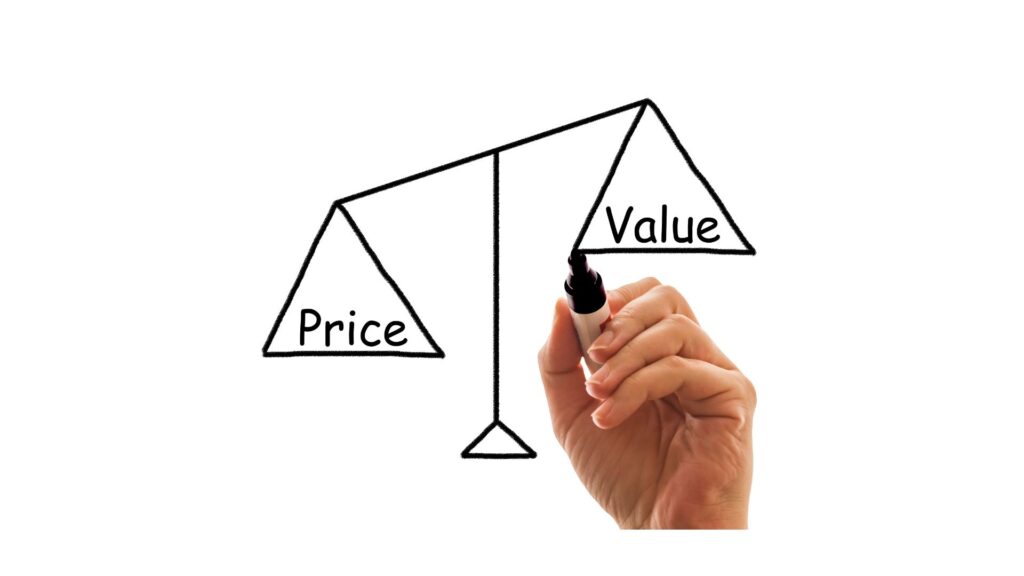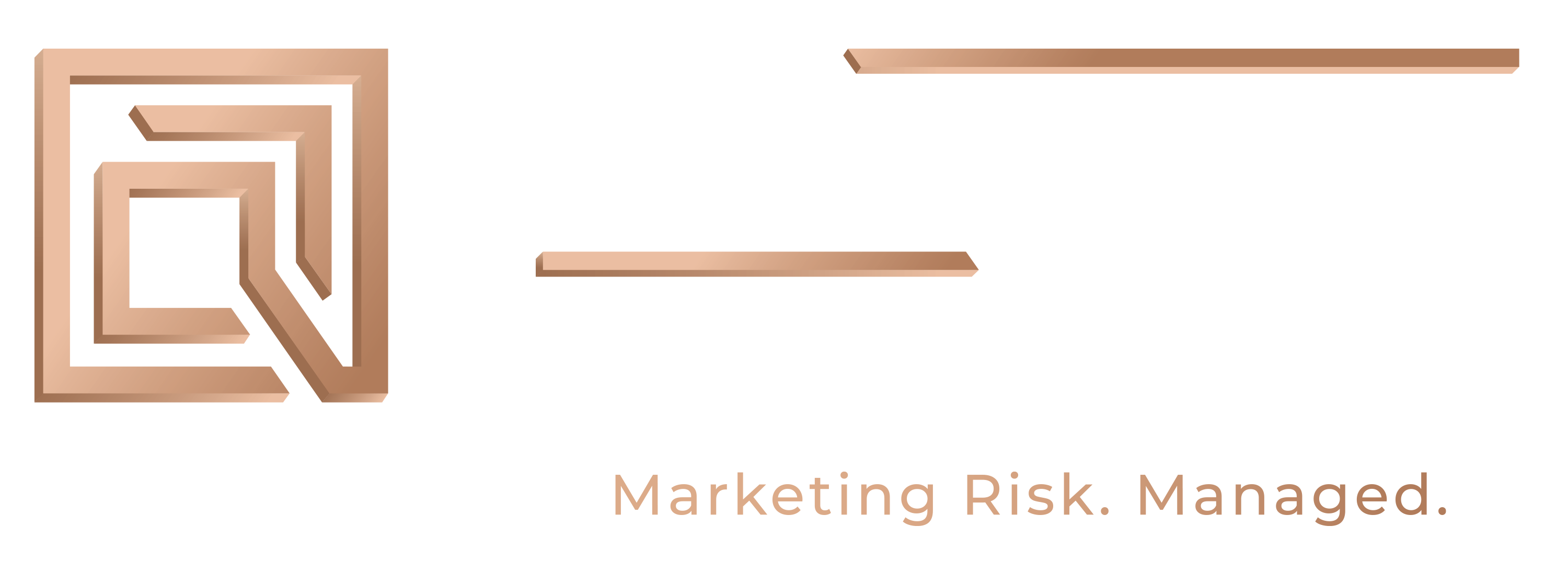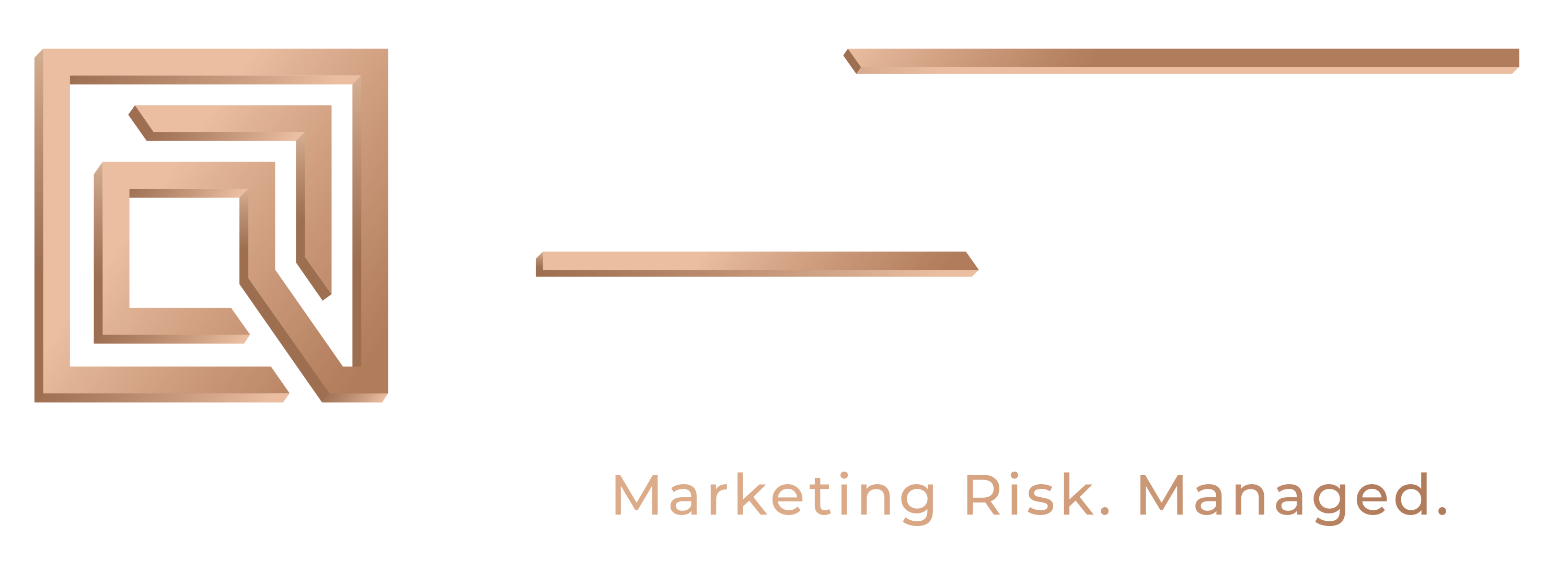Discounts and sales – they’re like the reliable workhorses of the promotional world. But what if there was a strategy that not only attracted customers but also made them feel like they were getting a superior deal? Enter the world of reward-based promotions.
Why Shoppers Love Rewards
Imagine you’re browsing for a new jacket. Two stores catch your eye. One offers a 20% discount, the other a promotional reward campaign where you “earn” a €20 gift card after purchasing the same jacket. Which one seems like a better deal?
Many shoppers, like you, would be drawn to the reward. Here’s the secret: it’s all about perception.
- The Framing Effect: Discounts take a chunk out of the upfront price. Rewards, however, frame the situation as “earning” something back later. This mental shift makes the initial price seem less important, creating a sense of a better deal.
- Perceived Value vs. Cost: A well-chosen reward, like a coveted gadget or exclusive experience, feels more valuable than a simple price reduction.
- The Effort Heuristic: Discounts are readily apparent on the price tag. Rewards require an extra step – the purchase and potentially claiming the reward. This perceived “effort” adds a layer of value to the reward in the consumer’s mind, it feels more earned and therefore more valuable.
- Loss Aversion: Discounts highlight the immediate loss of money (the upfront price). Rewards focus on the future gain (getting something back). Humans are more sensitive to potential losses, so discounts trigger that aversion, while rewards emphasize a positive outcome.
- Dopamine Release: The anticipation and eventual receipt of a reward triggers dopamine release in the brain, creating a sense of pleasure and satisfaction. This reinforces the desired behaviour.

Crafting Irresistible Campaigns
Understanding these principles can help you design even more compelling reward campaign:
Psychology-Driven Tactics:
- Earning vs. Saving: Emphasize “earning” rewards instead of just “saving” with discounts. This framing creates a perception of gaining something valuable, a tangible benefit, not losing money.
- Effort Enhances Value: Design rewards that require some effort (like a purchase or participation) to redeem. The perceived effort adds to the perceived value of the reward.
- Loss Aversion Advantage: Highlight the “loss” of missing out on a time-limited reward. Fear of missing out (FOMO) can be a powerful motivator to engage in promotions.
- Dopamine Delight: Showcase the excitement of earning and redeeming rewards. Visually appealing graphics depicting reward acquisition can trigger dopamine release, fueling positive emotions.
- Tailored Rewards: Personalize rewards to resonate with specific customer segments. Offer rewards relevant to their interests and needs for a more impactful experience.
- High-Value Perception: Focus on the perceived value of the reward, not just the cost. A free gift card for a desired brand will feel more enticing than a generic discount.
- Reward the Desired Behaviour: Don’t just reward purchases. Rewards can be used for signing up for emails, following social media, or referring friends. This encourages the actions that drive business growth.
- Effortless Redemption: Make it easy for customers to redeem rewards. A streamlined process minimizes frustration and encourages participation.
Real World Examples
Peloton Referral Program (2023):
- Discount Approach: Peloton previously offered a straight discount on bike purchases for referrals.
- Reward Approach: They switched to a program where referrers earned free accessories (yoga mats, heart rate monitors) or apparel credits.
- Results: The referral rate for Peloton bikes increased significantly after switching to the reward program. Customers were more motivated by the chance to “earn” free accessories than a simple discount on a high-ticket item.
HelloFresh “Free Chef Knife” Promotion (2023)
- Discount Approach: HelloFresh previously offered a 15% discount on the first meal kit order.
- Reward Approach: In a recent promotion, HelloFresh offered customers who signed up for a subscription a free high-quality chef knife as a gift.
- Results: HelloFresh’s free chef knife promotion proved more effective than their previous discount offer in attracting new customers. The high-value reward felt relevant and complementary to their meal kit service. Customers perceived they were getting “more” by subscribing, potentially leading to long-term retention compared to a one-time discount.
Empowering High-Value Rewards
De Risk International’s Reward Risk Coverage eliminates the financial guesswork associated with high-value rewards. Traditional programs leave you wondering if redemption rates will blow your budget. Our coverage provides a fixed upfront reduced cost, giving you the confidence to offer truly exciting rewards like premium merchandise or exclusive experiences. This financial security lets you focus on creating a rewarding campaigns that makes customers feel like they’re getting something special in return for their business. With us, you can ditch the discounts and unlock the power of high-value rewards that drive engagement, loyalty, and ultimately, success.
So, consider adding reward programs to your promotional toolkit. By understanding how they influence customer behaviour, you can create a strategy that not only increases sales but also fosters a sense of loyalty and excitement among your customer base. De Risk International allows you to reward with confidence and unlock the full potential of your promotions.

